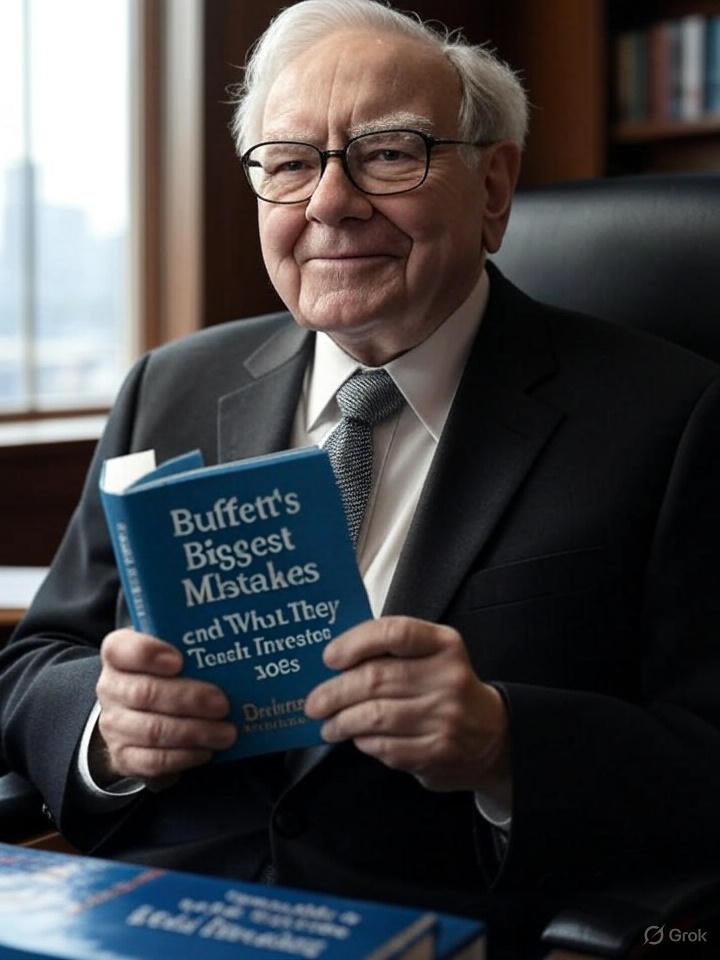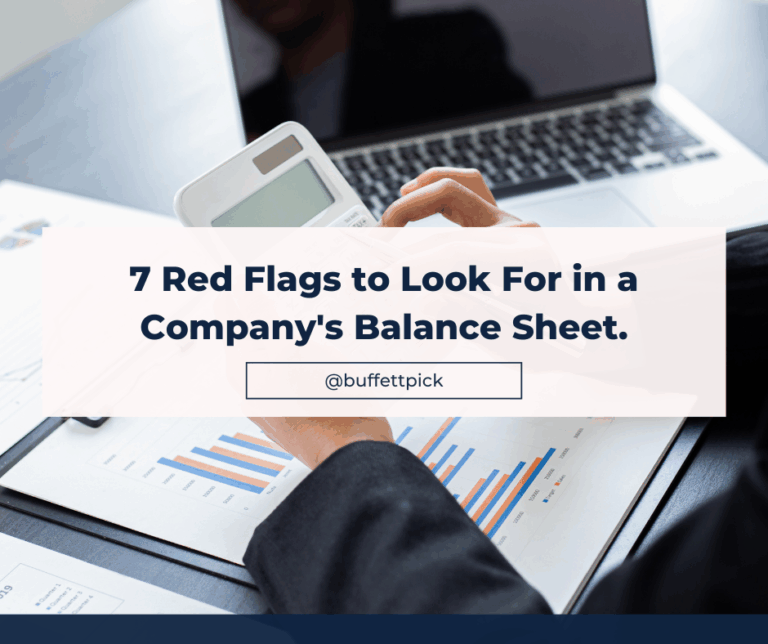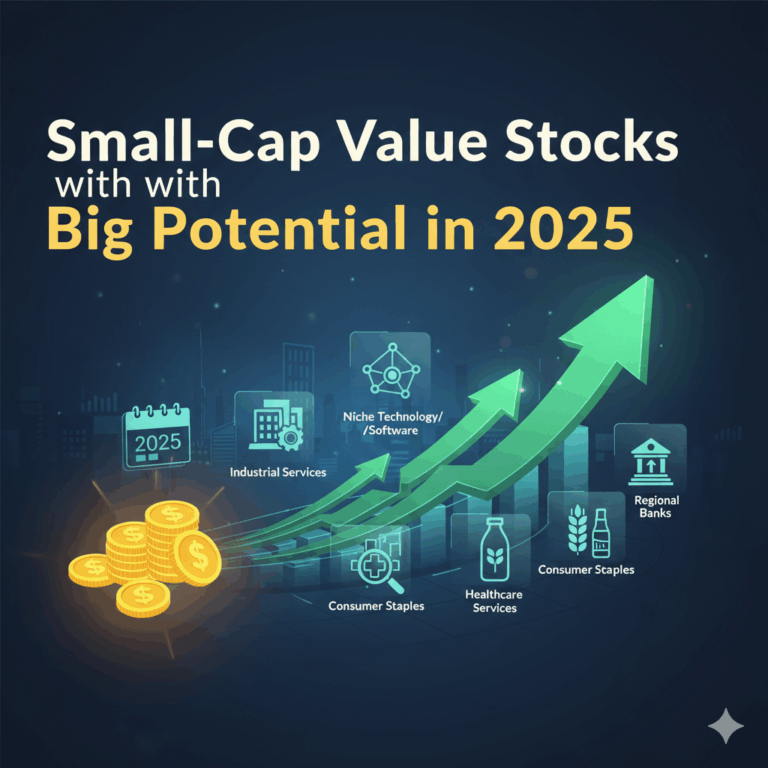
Warren Buffett, the Oracle of Omaha, is celebrated for his unparalleled success in investing, but even he has made mistakes. These missteps, drawn from his Berkshire Hathaway shareholder letters, interviews, and books like Buffett: The Making of an American Capitalist, offer valuable lessons for investors navigating the dynamic markets of 2025. This article explores five of Buffett’s lesser-known errors and how they can guide today’s investors to avoid similar pitfalls in a world shaped by AI hype, interest rate shifts, and economic uncertainty.
1. Overpaying for Dexter Shoe Company (1993)
Mistake: Buffett acquired Dexter Shoe Company for $433 million in Berkshire stock, only to see its value plummet due to competition from cheaper overseas manufacturers. He later called it one of his worst deals, admitting the stock used for the purchase was worth billions years later.
Lesson for 2025: Overpaying for a company, even one with a strong brand, can lead to significant losses if its competitive edge erodes. In 2025, investors must be cautious of overhyped sectors like AI or green tech, where valuations may outpace fundamentals.
How to Apply: Use valuation metrics like price-to-earnings (P/E) or price-to-book (P/B) ratios to avoid overpaying. For example, compare a tech stock’s P/E to its industry average using tools like Yahoo Finance. If investing in AI startups, prioritize those with proven revenue over speculative growth promises.
2. Avoiding Tech Stocks in the 1990s Dot-Com Bubble
Mistake: Buffett famously avoided tech stocks during the 1990s dot-com boom, citing his inability to understand their business models. While this saved him from the crash, it also meant missing early opportunities in companies like Microsoft or Amazon.
Lesson for 2025: Staying overly conservative can lead to missed opportunities in emerging industries. With AI and renewable energy driving growth in 2025, investors should balance caution with openness to new sectors.
How to Apply: Research one or two high-potential industries, like AI or clean energy, by reading company reports or industry analyses on platforms like Morningstar. Start with small investments in established players, like NVIDIA for AI, to gain exposure without excessive risk.
3. Underestimating IBM’s Challenges (2011–2018)
Mistake: Buffett invested $10.7 billion in IBM, believing its brand and services would ensure long-term success. However, IBM struggled to adapt to cloud computing trends, and Buffett sold at a loss in 2018, admitting he misjudged its competitive position.
Lesson for 2025: Even strong brands can falter if they fail to innovate. In 2025, investors must assess whether companies are adapting to trends like cloud computing, AI integration, or sustainability.
How to Apply: Evaluate a company’s R&D spending and innovation pipeline in its annual reports. For example, check if a tech firm is investing in AI or if a traditional company is adopting ESG practices. Avoid companies resting on past laurels, like those lagging in digital transformation.
4. The Kraft Heinz Overvaluation (2015)
Mistake: Buffett’s Berkshire Hathaway, alongside 3G Capital, merged Kraft and Heinz in a $49 billion deal, but the combined company struggled with changing consumer preferences and high debt. Buffett later admitted to overpaying and misjudging its growth potential.
Lesson for 2025: Overleveraged companies or those slow to adapt to consumer trends can underperform. In 2025, shifts toward health-conscious or sustainable products could challenge traditional consumer goods firms.
How to Apply: Analyze a company’s debt-to-equity ratio and market trends before investing. Use resources like Bloomberg to track consumer shifts, such as demand for plant-based foods. Favor companies with manageable debt and agility, like those pivoting to eco-friendly products.
5. Holding Onto Tesco Too Long (2006–2014)
Mistake: Buffett invested in Tesco, a UK retailer, but held onto the stock despite signs of mismanagement and accounting scandals. By 2014, Berkshire lost over $400 million, with Buffett admitting he was slow to sell.
Lesson for 2025: Delaying action on red flags can amplify losses. In 2025, with potential market volatility from interest rate hikes or geopolitical risks, quick decision-making is critical.
How to Apply: Set clear sell criteria for your investments, such as a 20% drop in stock price or evidence of poor management. Monitor news on platforms like X for real-time red flags, such as executive departures or regulatory issues, and act decisively.
Conclusion
Warren Buffett’s mistakes highlight the importance of disciplined valuation, openness to new opportunities, adaptability, consumer awareness, and decisive action. In 2025, as markets grapple with AI-driven disruptions, rising interest rates, and shifting consumer preferences, these lessons are more relevant than ever. By learning from Buffett’s errors, investors can build resilient portfolios and avoid costly pitfalls.
Call to Action: What’s the biggest investing mistake you’ve made? Share it in the comments below or join our newsletter at buffettpick.com for weekly tips to invest smarter in 2025!




